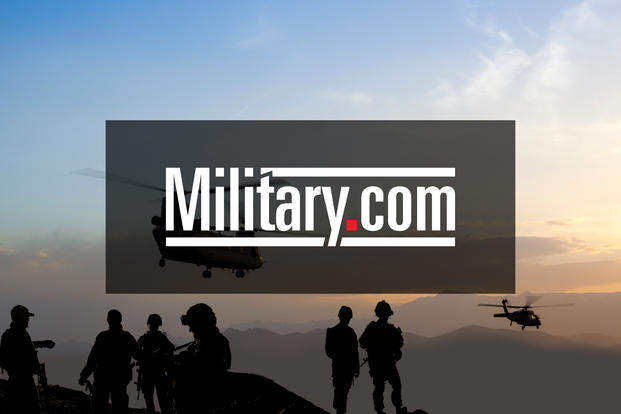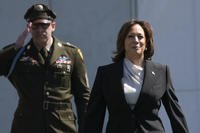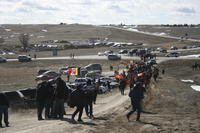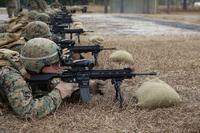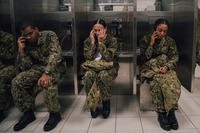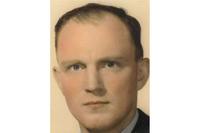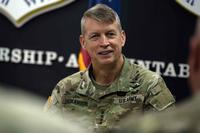In May 2015, then-Defense Secretary Ashton Carter questioned whether Iraqis "lacked the will to fight" after Iraqi Security Forces (ISF) were routed from Ramadi by ISIS fighters they greatly outnumbered.
On Sunday, Iraqi Prime Minister Haidar al-Abadi arrived in Baghdad to proclaim victory in the lengthy and often seesaw battle to oust the Islamic State of Iraq and Syria from its last major stronghold in Iraq, even as clusters of ISIS fighters using human shields hold out in the Old City section of West Mosul.
"The commander-in-chief of the armed forces Haider al-Abadi arrived in the liberated city of Mosul and congratulated the heroic fighters and the Iraqi people for the great victory," said a statement from his office.
"We came today to Mosul to supervise the battle that left only one or two pockets that are still under the control" of ISIS fighters, Abadi said, adding that their only option is to die or surrender.
The somewhat premature claim of victory came at immense cost. Much of the city, where ISIS leader Abu Bakr al-Baghdadi declared the creation of a "caliphate" in 2014, is now rubble.
The ISF has declined to release casualty figures, but The New York Times reported that more than 1,000 were killed in the fight for Iraq's second-largest city. U.S. Defense Department figures show 43 U.S. troop fatalities in Iraq and Syria since October 2014, including 11 in hostile action.
The most recent in Iraq was that of 1st Lt. Weston Lee, 25, of Bluffton, Ga., who served with 1st Battalion, 325th Infantry regiment, 2nd Brigade Combat Team, 82nd Airborne Division, based at Fort Bragg, N.C. He died April 29 from wounds suffered when an improvised explosive device detonated while he was on patrol outside of Mosul.
More than 850,000 civilians fled Mosul during the siege that began Oct. 17, 2016, according to the United Nations and aid groups. Those who remained or were unable to flee risked being used as human shields by ISIS or being caught up in the relentless U.S. and coalition airstrikes to support the ISF.
In one three-day period in June, the U.N. reported that ISIS killed at least 204 civilians trying desperately to get out of the city. The total number of civilian victims is unknown.
The U.S. military has confirmed that at least 603 civilians had "more likely than not" been "unintentionally killed" by coalition airstrikes since the air campaign in Iraq began in August 2014.
Airwars, a non-profit organization that tracks civilian casualties from airstrikes against ISIS in Iraq and Syria, has reported that more than 4,350 civilians were killed by coalition airstrikes from August 2014 to June 2017.
The turnaround that led to success in Mosul following the fall of Ramadi began under Army Lt. Gen. Sean MacFarland, commander of Combined Joint Task Force-Operation Inherent Resolve, and proceeded under his successor, Army Lt. Gen. Stephen Townsend.
Townsend's boss, Army Gen. Joseph Votel, commander of U.S. Central Command since March 2016, served as a catalyst, authorizing U.S. troops to move closer to the front at the battalion level with the ISF in their train, advise and assist role.
Under Votel, U.S. AH-60 Apache attack helicopters went into battle in Iraq for the first time. They had previously been used to provide security for visiting VIPs.
In Ramadi, ISIS used VBIEDS, or Vehicle-Borne Improvised Explosive Devices, to blow holes in ISF lines and panic the defenders. The U.S. began supplying the ISF with AT-4 shoulder-fired rockets and training them in their use to stop the VBIEDS.
The U.S. also began training ISF units in bridge building and riverine operations that were a key factor in retaking Ramadi and other areas held by ISIS.
Iraq's elite Counter-Terror Services (CTS) force, which underwent specialized training from the U.S., became the lead element for the ISF in the fierce urban combat that led to victory in Mosul. As the ISF grew in confidence, Iraqi commanders at times ignored the counsel of their U.S. advisers.
Following the retaking of Ramadi, U.S. advisers wanted the ISF to focus on Mosul. Instead, the ISF retook Fallujah to the east of Ramadi to relieve pressure on Baghdad, then went back to following the U.S. plan on the long march to Mosul in Iraq's northwest.
The train, advise and assist role for U.S. forces has been controversial since President Barack Obama authorized it in summer 2014 -- after ISIS fighters in pickup trucks swarmed into Iraq, and ISF troops fled, dropping their weapons and equipment.
Obama also barred a ground combat role for U.S. troops. He approved the start of airstrikes in support of ISF in August 2014.
In Syria, the train, advise and assist strategy floundered at the outset. At a contentious Senate Armed Services Committee hearing in September 2015, Army Gen. Lloyd Austin, then-commander of U.S. Central Command, admitted that only "four or five" of the first 54 U.S. trained so-called "moderate" Syrian fighters remained in the fight against ISIS.
Christine Wormuth, then the under secretary of defense for policy, also told the committee that there were only between 100 and 120 fighters in a program that was slated to have trained 5,400 fighters in its first 12 months at a cost of $500 million.
In a video briefing to the Pentagon from Baghdad last week, Canadian Brig. Gen. D.J. Anderson, director of Partner Force Development and the Ministerial Liaison Team for CJTF-OIR, said the coalition has trained 106,000 Iraqis -- including 40,000 for the Iraqi army, 14,000 for the CTS, and 21,000 for the Kurdish Peshmerga.
In Syria, 8,500 have been trained for the Syrian Democratic Forces, and planning and equipment is in place to train 40,000 more, Anderson said.
The partnered forces strategy has also been amped up under Defense Secretary Jim Mattis, who has been authorized by President Donald Trump to set U.S. troop levels in Iraq and direct an "accelerated" campaign to defeat ISIS.
At a Pentagon news conference in May, Mattis announced "a tactical shift from shoving ISIS out of safe locations in an attrition fight to surrounding the enemy in their strongholds so we can annihilate ISIS. The intent is to prevent the return home of escaped foreign fighters."
"I want to emphasize here there has been no change to our rules of engagement and there has been no change to our continued extraordinary efforts to avoid innocent civilian casualties, despite needing to go into populated areas to break ISIS' hold on their self-described caliphate, despite ISIS purposely endangering innocent lives by refusing to allow civilians to evacuate," Mattis said.
ISIS strongholds remaining in Iraq include Tal Afar, Hawija and Qaim, but the black and white flags of ISIS are being torn down in Mosul -- with the red, white and black flag of Iraq going up in their place.
-- Richard Sisk can be reached at Richard.Sisk@Military.com.
Related Video:
Five Things You Don’t Know: ISIS
